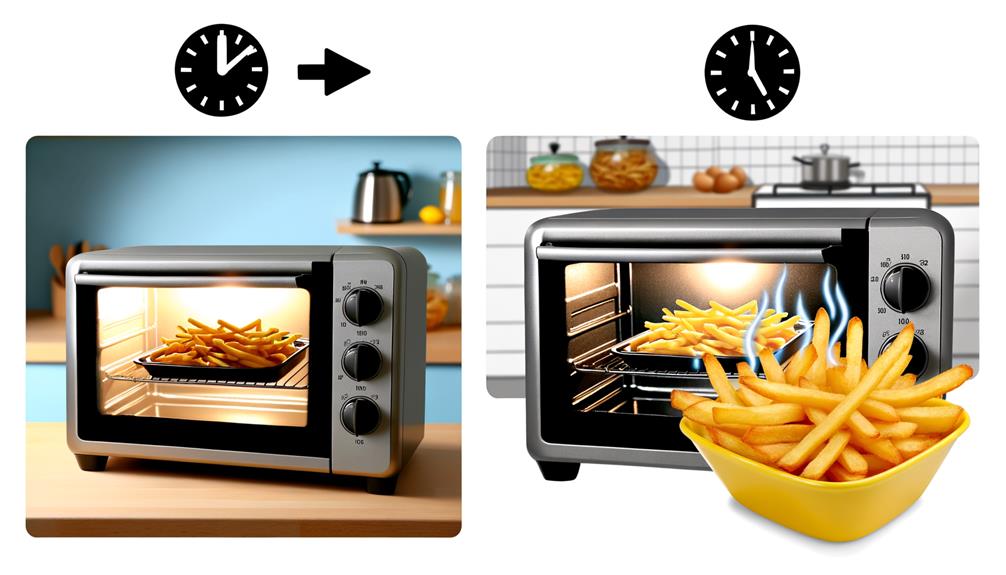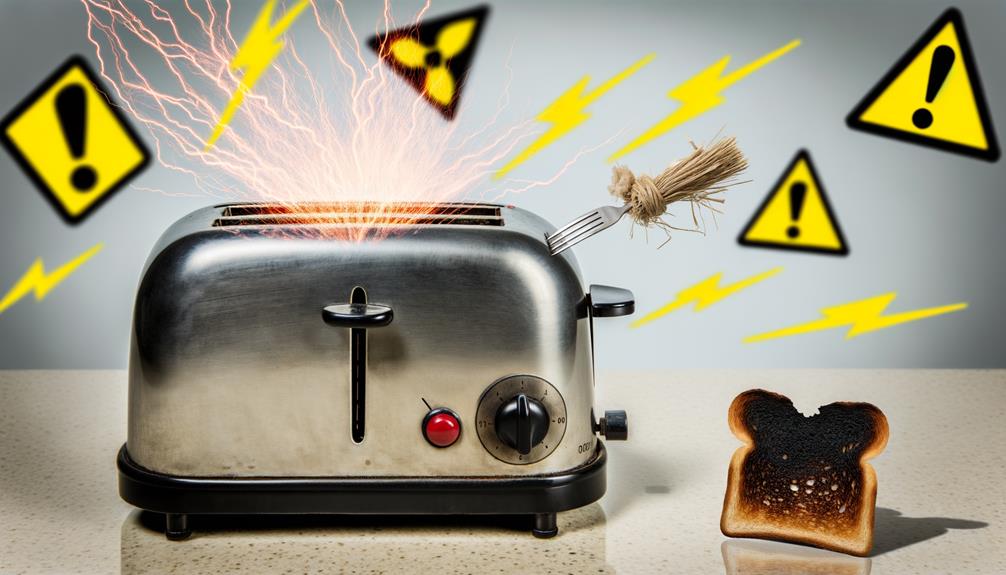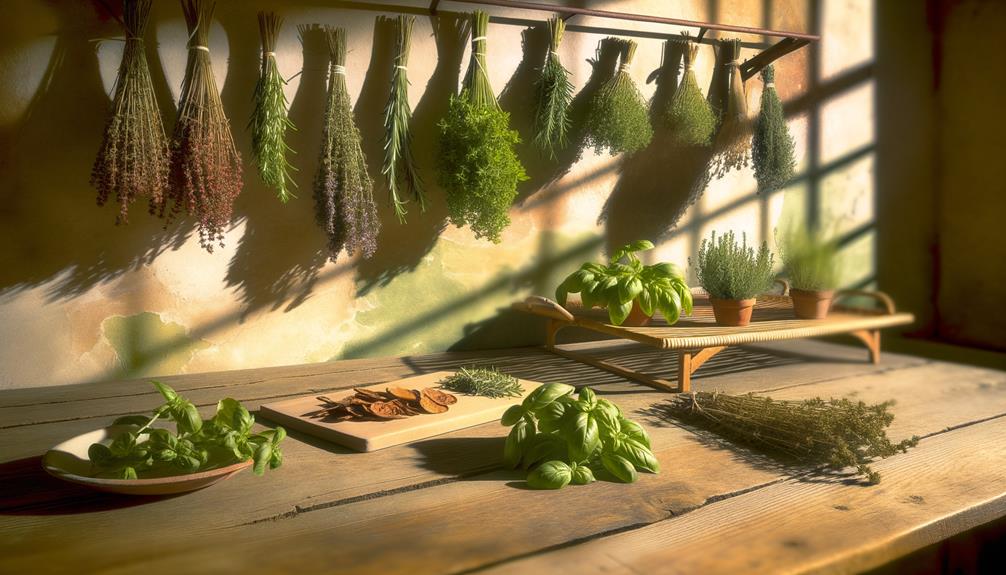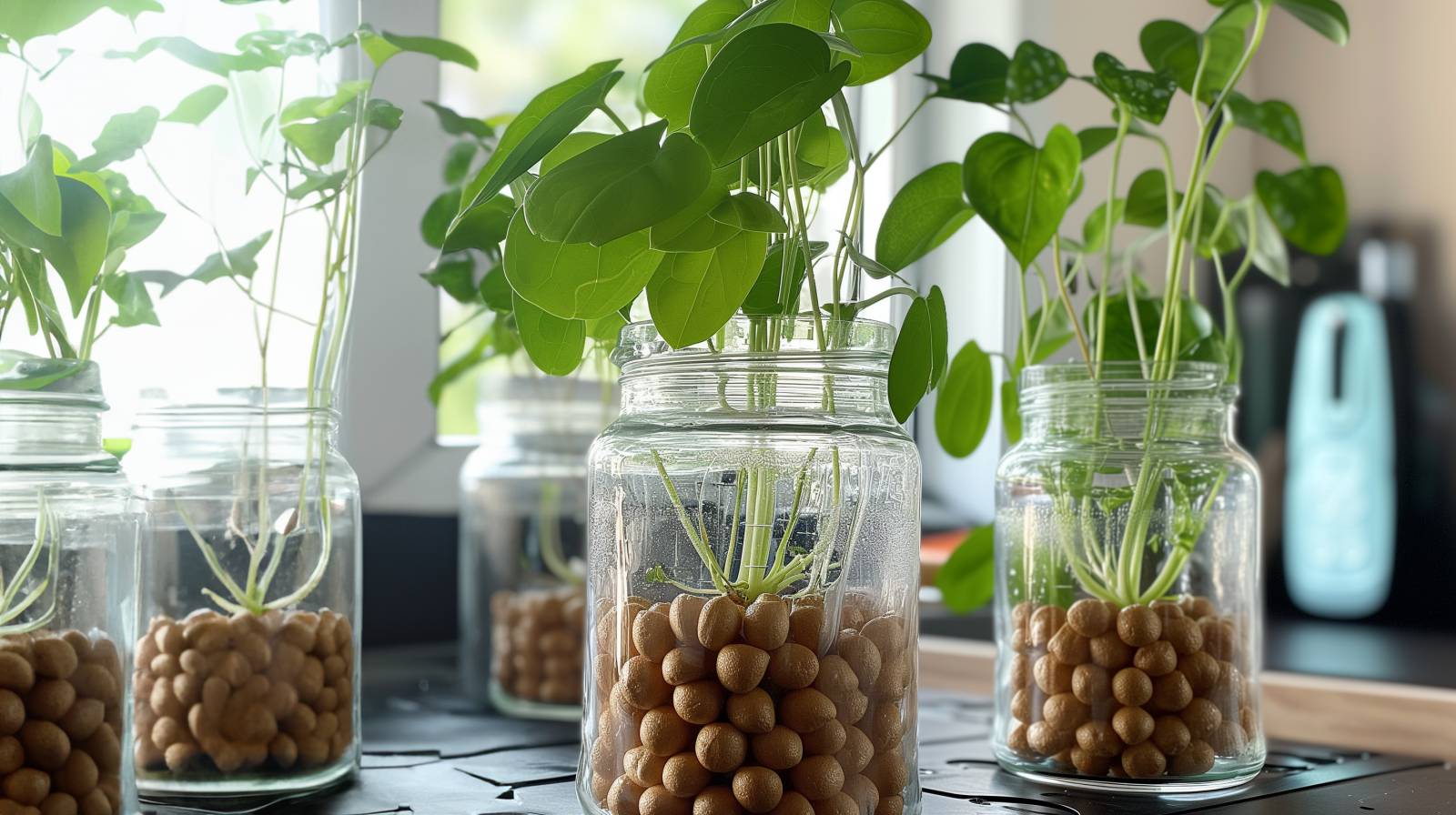Kettle’s are one of the most used kitchen appliances, as they can provide you with warm water essential for both beverages and meals.
Table of Contents
ToggleWhile there are some myths about how to care for your teapot, with some people believing kettles shouldn’t be cleaned at all, this isn’t necessarily true. While you may not need to clean your kettle very often, cleaning it on a semi-regular basis can help the kettle to perform better and last longer, and potentially improve the quality of the water the kettle provides you with by removing limescale and other unwanted impurities from the equation.
In this guide we’re going to look at how to clean the inside of your tea kettle, looking at several different methods and techniques to get the best clean regardless of the type of kettle you have.

How To Clean The Inside Of A Tea Kettle
Tea kettles come in many shapes and sizes, so it’s important to know which type you have before cleaning it, as this can slightly alter how you go about cleaning it, as well as the key areas to focus on when doing so.
There are many ways to clean your kettle, but it’s important to remember that not every method will work for every type of kettle.
Baking Soda Method
For this method, you will need:
- Baking Soda
- Water
- Bottle Scrubber / Brush
- Cleaning Cloths / Scrubbing Pads
Begin this method by pouring a cup of baking soda into the pot, then adding water to fill the kettle entirely. From here you can heat the mixture to boiling, using the kettle to make things easier. Remove the kettle from the heat and let it cool down for around 10 minutes to make things much safer when handling the kettle.
Take a scrubbing brush and gently scrub the inside of the kettle, taking care not to splash hot water on yourself while doing so as this could burn you. Ideally, you want a small brush to do this so you can reach the smaller corners of the kettle.
At this point, you can pour out some water and check the state of the pot. If there are still stains, leave a small amount of water in the kettle and pour in some more baking soda.
Mix the baking soda with your scrubbing brush until it forms a paste, then use this to scrub the more stubborn areas of staining or scale as this should help remove the stain very effectively.
Once the stains are removed, rinse and wash as normal and then dry with a soft cloth or allow to air dry fully.
Lemon Method
The lemon method is probably the easiest way to clean your kettle, but it does require you to remove the lid from the pot before cleaning.
Lemon has mildly acidic juice, and this makes it effective for cleaning kettles.
Simply pour some lemon juice into the kettle, up to maybe a quarter or a third of the capacity depending on how dirty the kettle is.
Fill the rest of the capacity with water and then put the kettle on to boil.
Allow the water to sit for half an hour to allow the acid in the lemon juice to weaken and break down limescale and stains.
Then pour out the cleaning solution and rinse the kettle thoroughly before allowing it to air dry fully.
You can repeat this process several times for more stubborn limescale or stains too.
Vinegar Method
This method uses vinegar to remove any food particles from the bottom of the kettle. To do this, pour 1 cup of white vinegar into the kettle and then fill it with boiling water. Let the mixture sit for 10 minutes, then gently scrub the limescale off the inside of the kettle with a small pad or brush.
After this, you can pour out the water and limescale and either repeat this process or rinse the kettle thoroughly before allowing the kettle to dry fully.
What Is Limescale Inside The Kettle?
Limescale is a mineral found in general tap water, which builds up over time. Not only is limescale unsightly, but it can affect your water quality and even reduce the effectiveness of your kettle. Typically it forms around the inner walls of the kettle and often isn’t too hard to remove.
However, if a kettle isn’t looked after the limescale can build up quite considerably and this can make limescale much harder to remove, requiring the use of extra steps such as the techniques used above.
Is Limescale Bad For Your Health?
The limescale build-up on your kettle is caused by minerals from the water reacting with the metal surface. This reaction causes the limescale to form.
It’s important to remove it from your kettle to help keep the kettle clean and functioning properly, but limescale, especially in the small quantities found inside most kettles, isn’t a serious health threat and represents little to no risk to you even if you do end up ingesting a larger flake of this substance.
Final Thoughts
If you have a kettle that needs cleaning, you’ll find these simple tips will get rid of any limescale or stains quickly and easily. If you’ve got a kettle that just doesn’t seem to want to work right, try using these tips first to see if they resolve the problem before resorting to just buying a new kettle.
Quite often limescale is very easy to remove with a little elbow grease and some water, but for more stubborn issues, the techniques above should give you plenty of power to remove even the most stubborn limescale.









